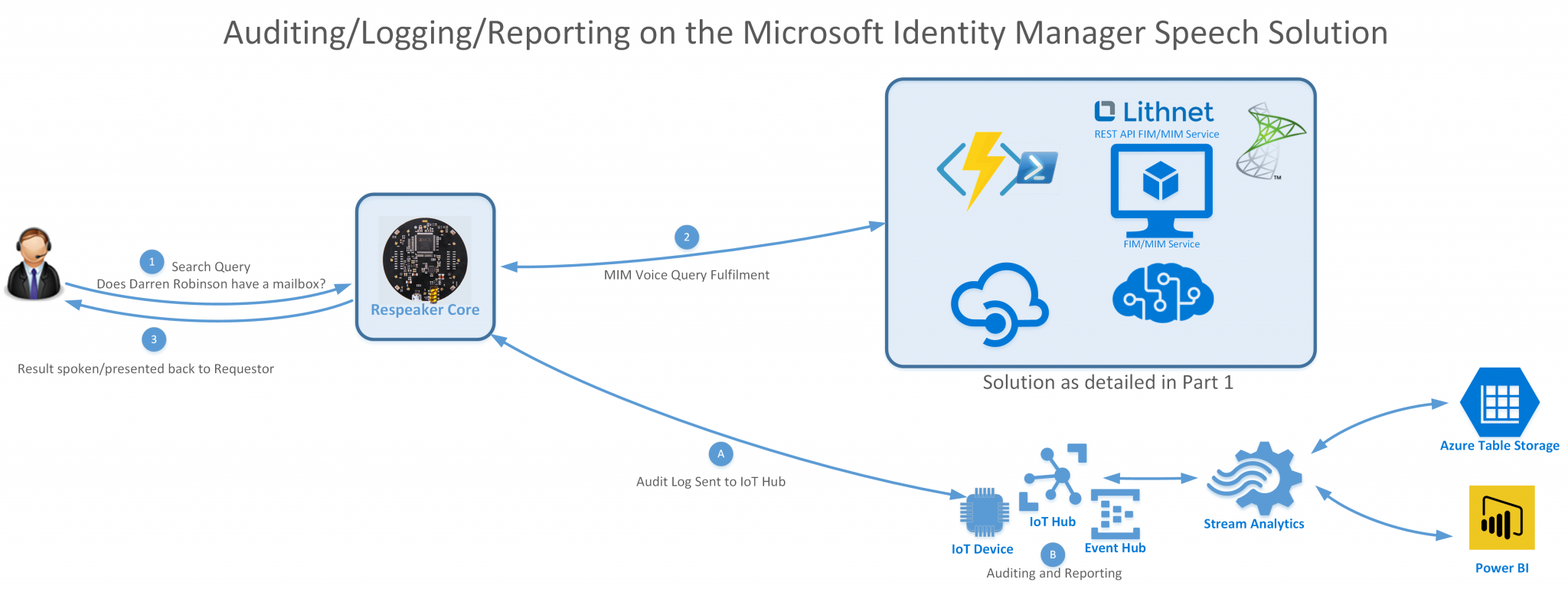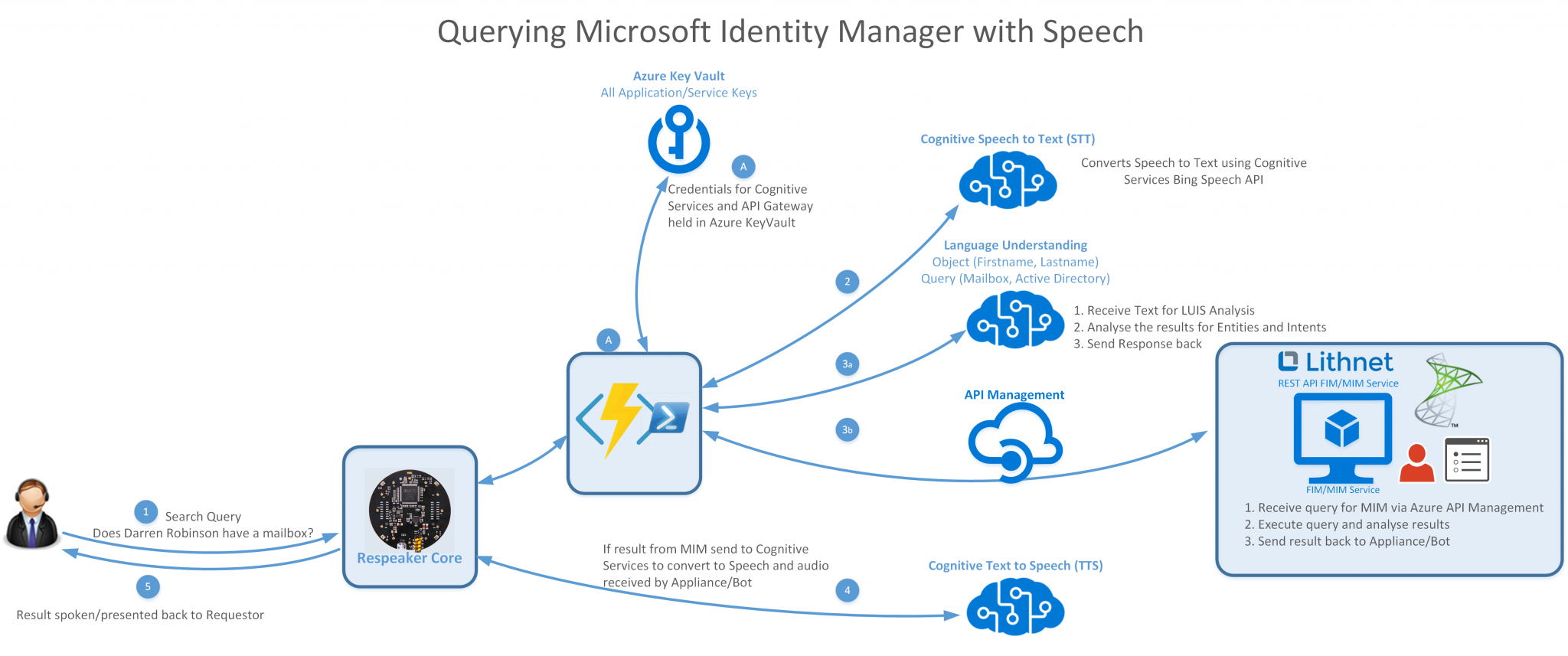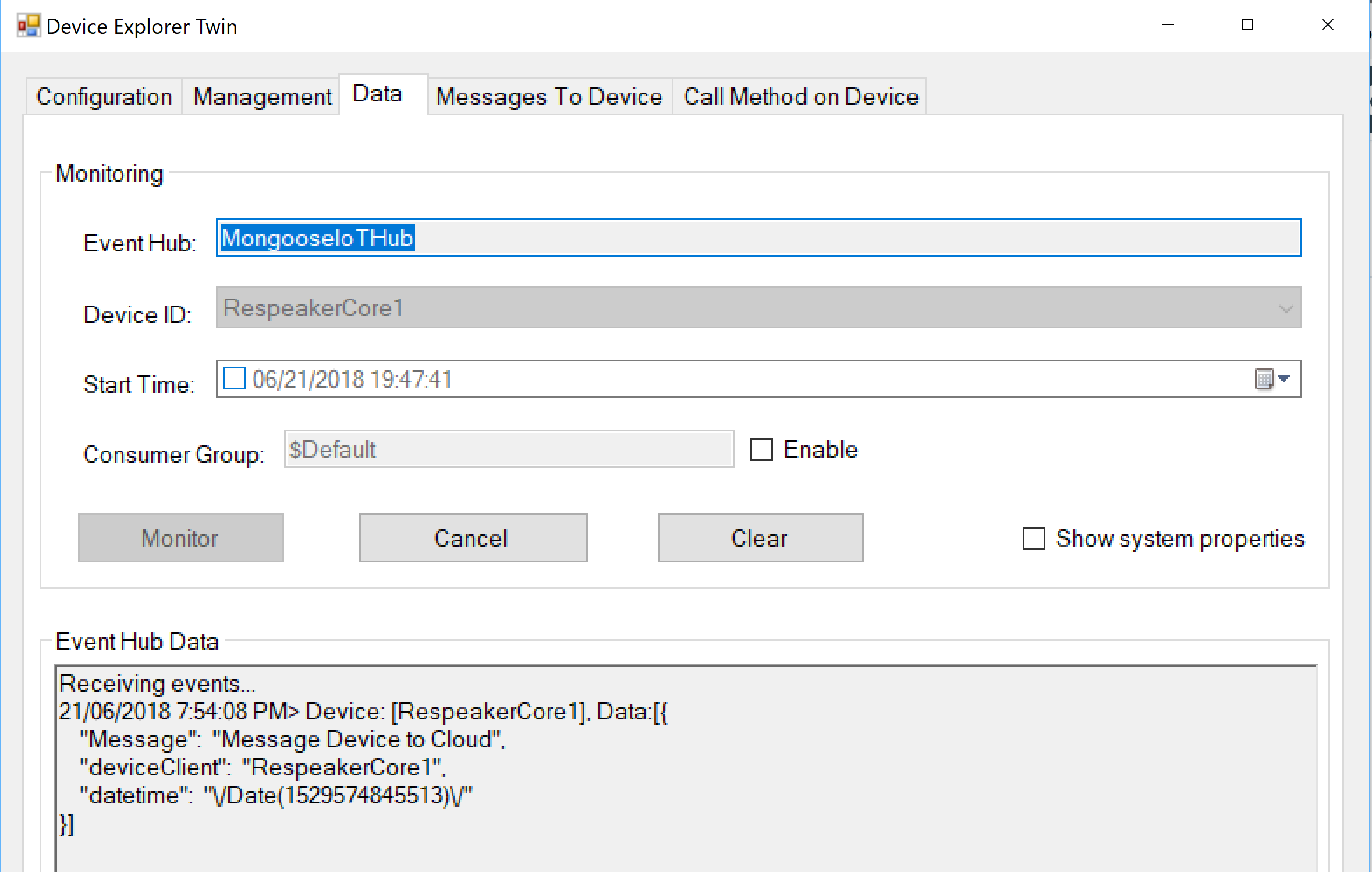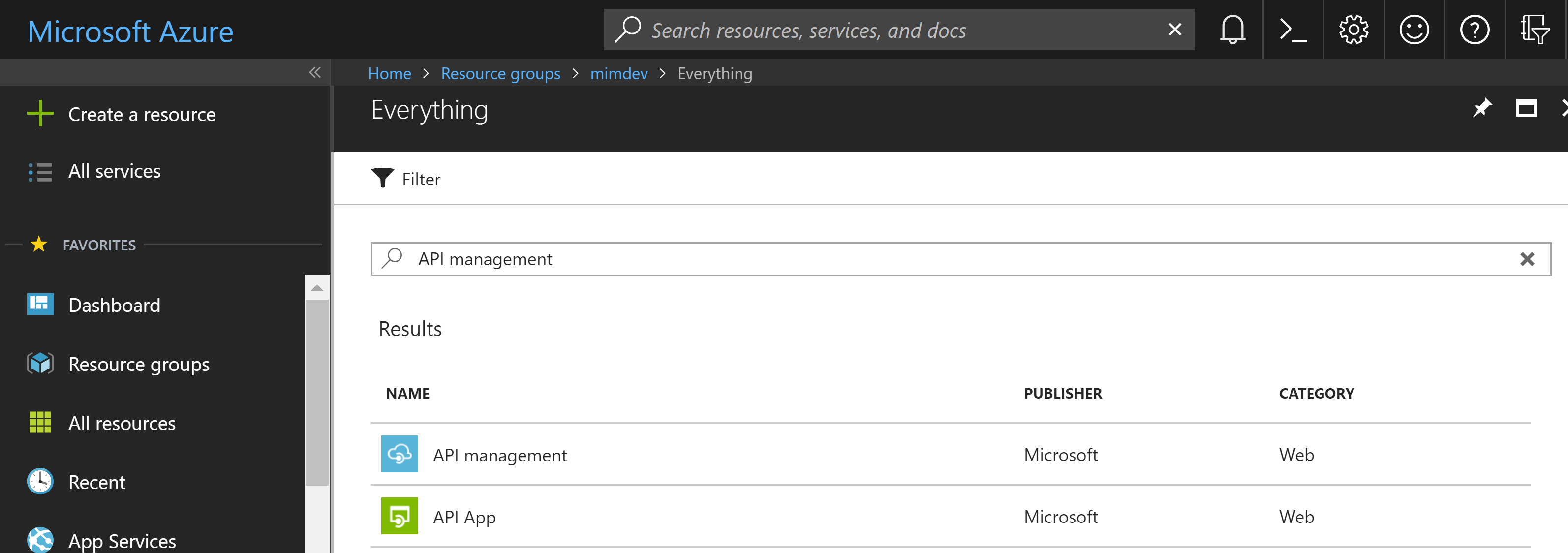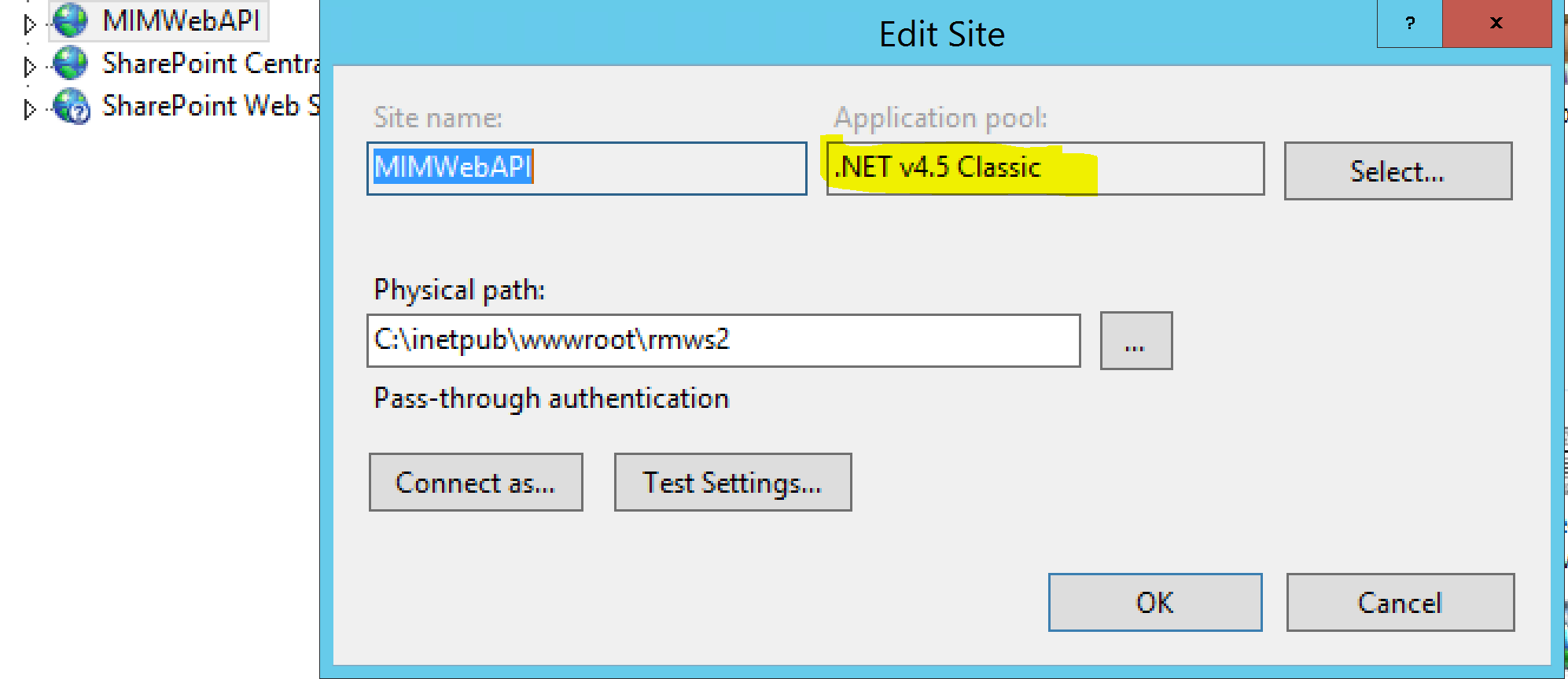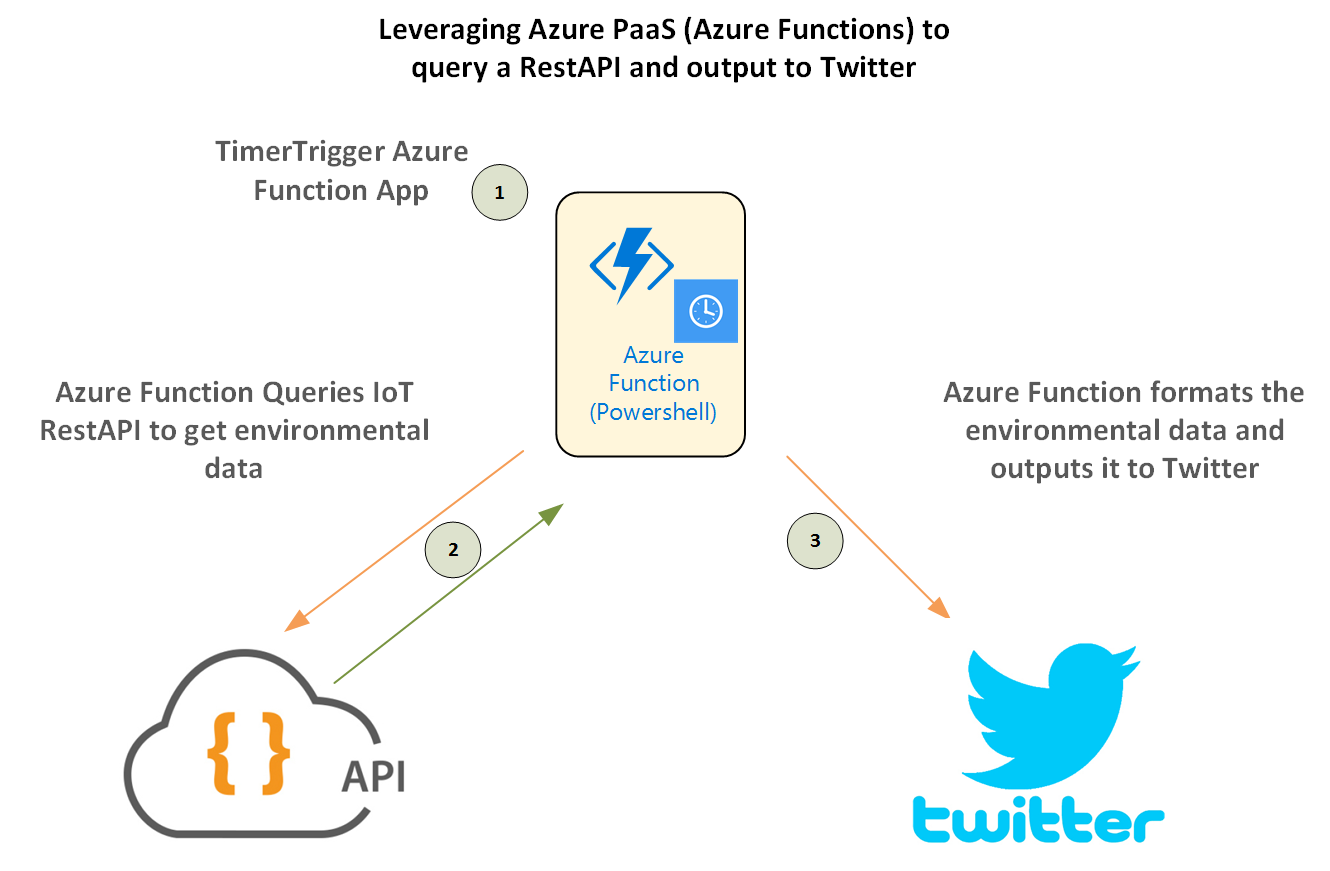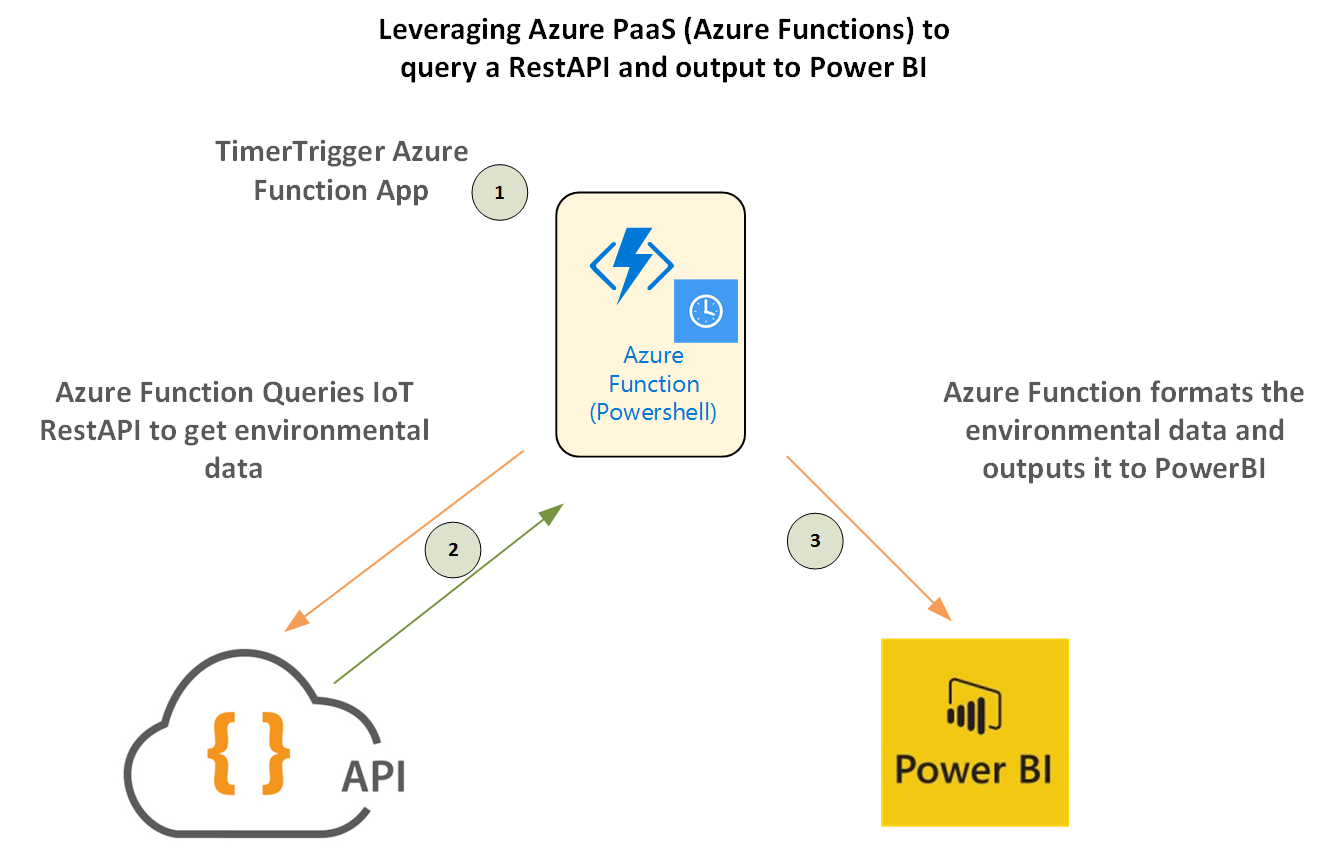Reporting on SailPoint IdentityNow Identities using the ‘Search’ (Beta) API and PowerShell
Update: Oct 2019. Searching Identities can be easily performed using the SailPoint IdentityNow PowerShell Module.
Introduction
SailPoint recently made available in BETA their new Search functionality. There’s some great documentation around using the Search functions through the IdentityNow Portal on Compass^. Specifically;
- Take a Tour of Search
- IdentityNow Common Search Queries
- Structuring a Search
- Elements of a Search
- Search Use Cases
^ Compass Access Required
Each of those articles are great, but they are centered around performing the search via the Portal. … [Keep reading] “Reporting on SailPoint IdentityNow Identities using the ‘Search’ (Beta) API and PowerShell”

